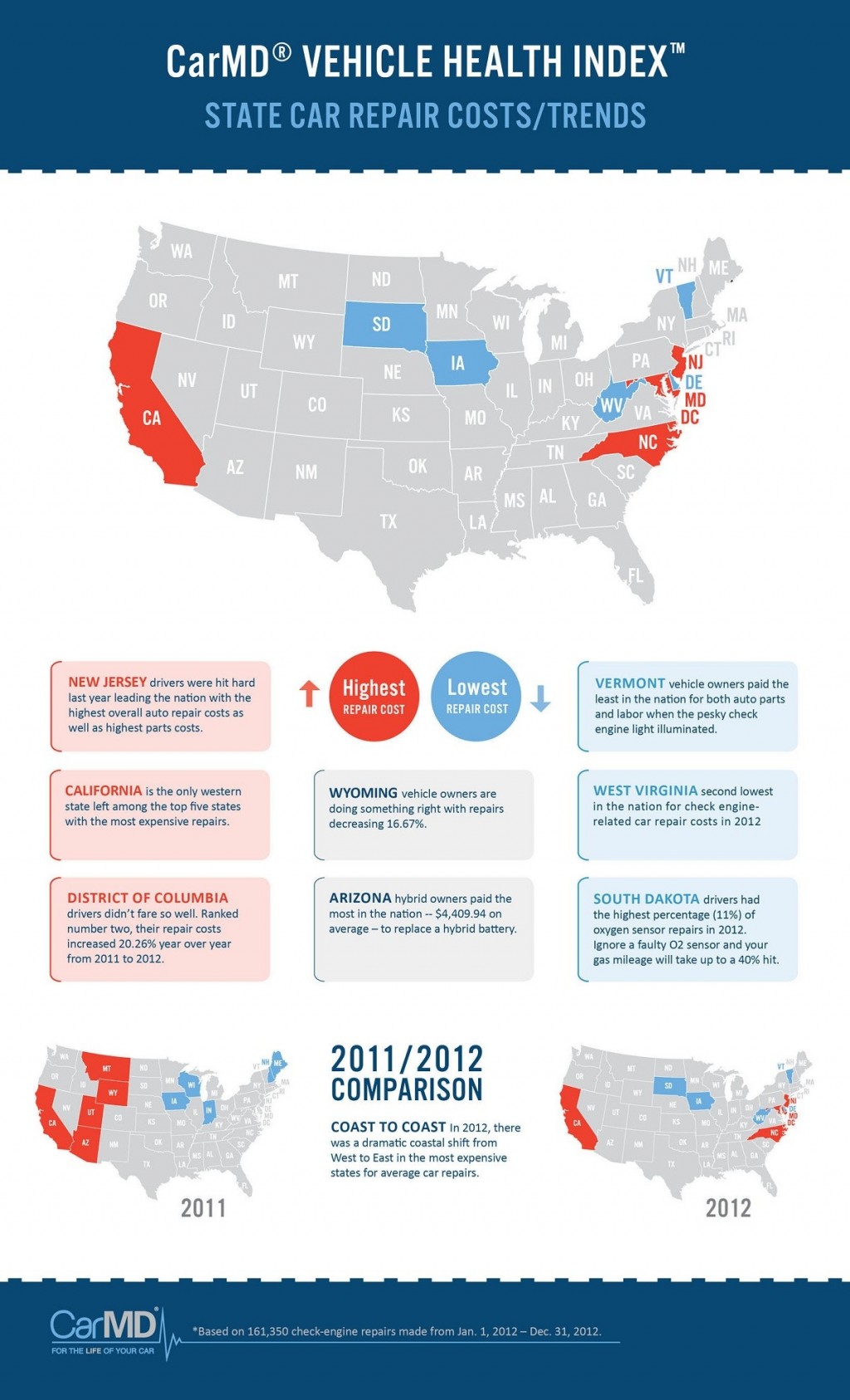Want To Learn More About The Warning Lights On Your Control Panel? Uncover What They Show Concerning Your Lorry'S Health And Safety
Want To Learn More About The Warning Lights On Your Control Panel? Uncover What They Show Concerning Your Lorry'S Health And Safety
Blog Article
nano ceramic coating By-Sykes Shepherd
When you lag the wheel, those radiant warning lights on your control panel can be a bit puzzling. Do you understand what they're trying to inform you regarding your cars and truck's health? Understanding the significance of these lights is important for your safety and the long life of your car. So, the next time among those lights turns up, would not you wish to analyze its message accurately and take the essential actions to resolve it?
Common Caution Lights and Interpretations
Identify typical caution lights in your cars and truck and understand their meanings to make sure safe driving.
One of the most typical caution lights include the check engine light, which indicates concerns with the engine or exhausts system. If this light comes on, it's critical to have your automobile checked without delay.
The oil stress alerting light indicates low oil pressure, needing prompt interest to avoid engine damages.
A blinking battery light may recommend a defective charging system, possibly leaving you stranded if not resolved.
The tire pressure tracking system (TPMS) light alerts you to low tire pressure, influencing car security and gas performance. Ignoring this can lead to hazardous driving problems.
The abdominal muscle light shows a trouble with the anti-lock braking system, endangering your capacity to quit promptly in emergencies.
Finally, the coolant temperature alerting light warns of engine overheating, which can cause serious damage otherwise settled promptly.
Understanding these usual caution lights will certainly aid you attend to concerns without delay and maintain risk-free driving problems.
Importance of Prompt Attention
Understanding the common warning lights in your auto is just the first step; the relevance of promptly dealing with these cautions can not be emphasized sufficient to ensure your safety on the road.
When a warning light illuminates on your dashboard, it's your car's way of interacting a potential issue that requires interest. Ignoring these cautions can lead to a lot more extreme troubles down the road, compromising your safety and security and possibly costing you more in repairs.
Prompt focus to warning lights can stop malfunctions and accidents. For example, a flashing check engine light can suggest a misfire that, if left neglected, could trigger damages to the catalytic converter. Addressing this quickly can save you from an expensive repair work.
Similarly, a brake system alerting light may signal reduced brake fluid or used brake pads, important components for your security when driving.
Do It Yourself Troubleshooting Tips
If you discover a caution light on your control panel, there are a couple of do it yourself fixing ideas you can attempt before seeking professional assistance.
The first step is to consult your auto's manual to comprehend what the certain caution light indicates. Occasionally the concern can be as basic as a loose gas cap causing the check engine light. Tightening up the gas cap might resolve the problem.
click here to find out more is a reduced battery, which can activate numerous alerting lights. Examining the battery links for rust and guaranteeing they're secure may fix the trouble.
If a caution light persists, you can attempt resetting it by disconnecting the vehicle's battery for a couple of minutes and afterwards reconnecting it. In addition, examining your vehicle's liquid levels, such as oil, coolant, and brake fluid, can assist repair advising lights connected to these systems.
Verdict
Finally, recognizing your auto's warning lights is important for keeping your lorry running efficiently and securely. By promptly dealing with these signals and understanding what they mean, you can avoid expensive repair work and possible malfunctions.
Keep in mind to consult your vehicle's handbook for particular information on each advising light and do something about it accordingly to make sure a trouble-free driving experience.
Keep educated, remain secure when traveling!
